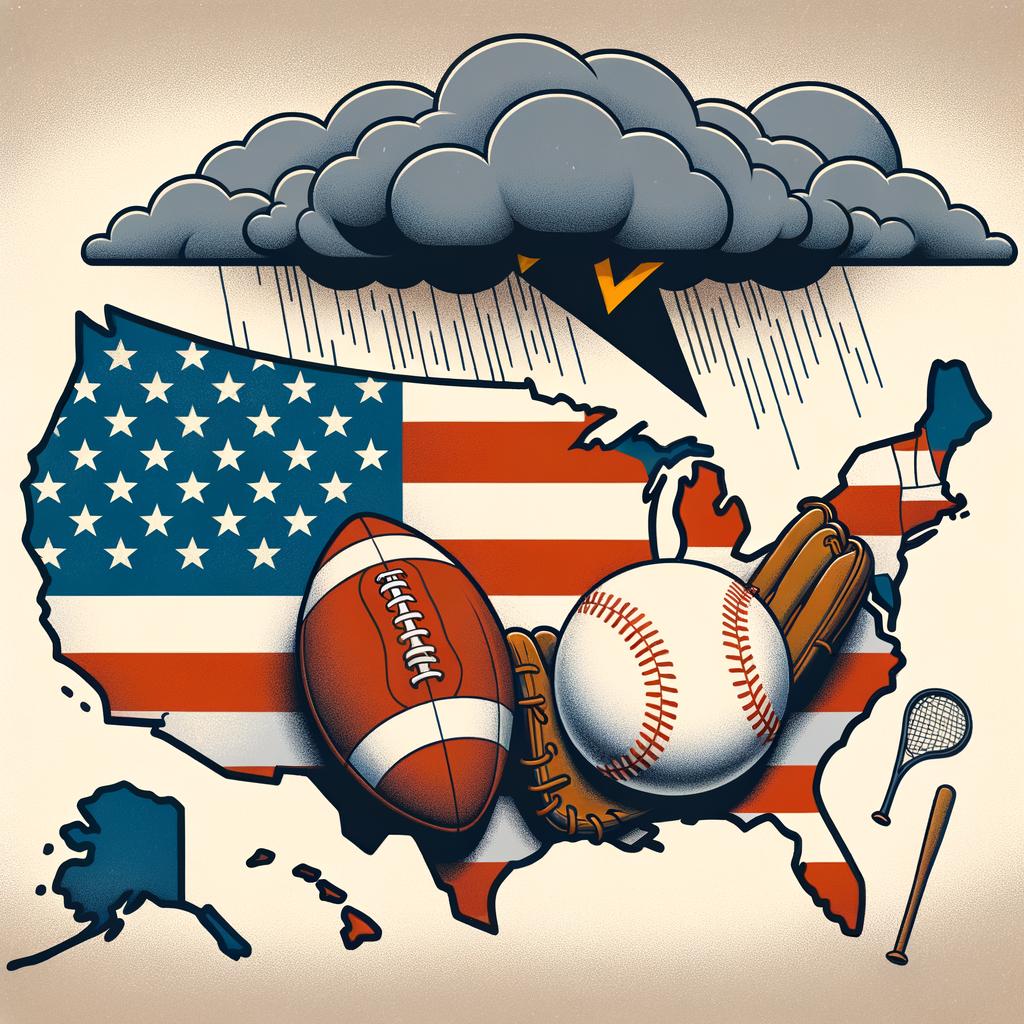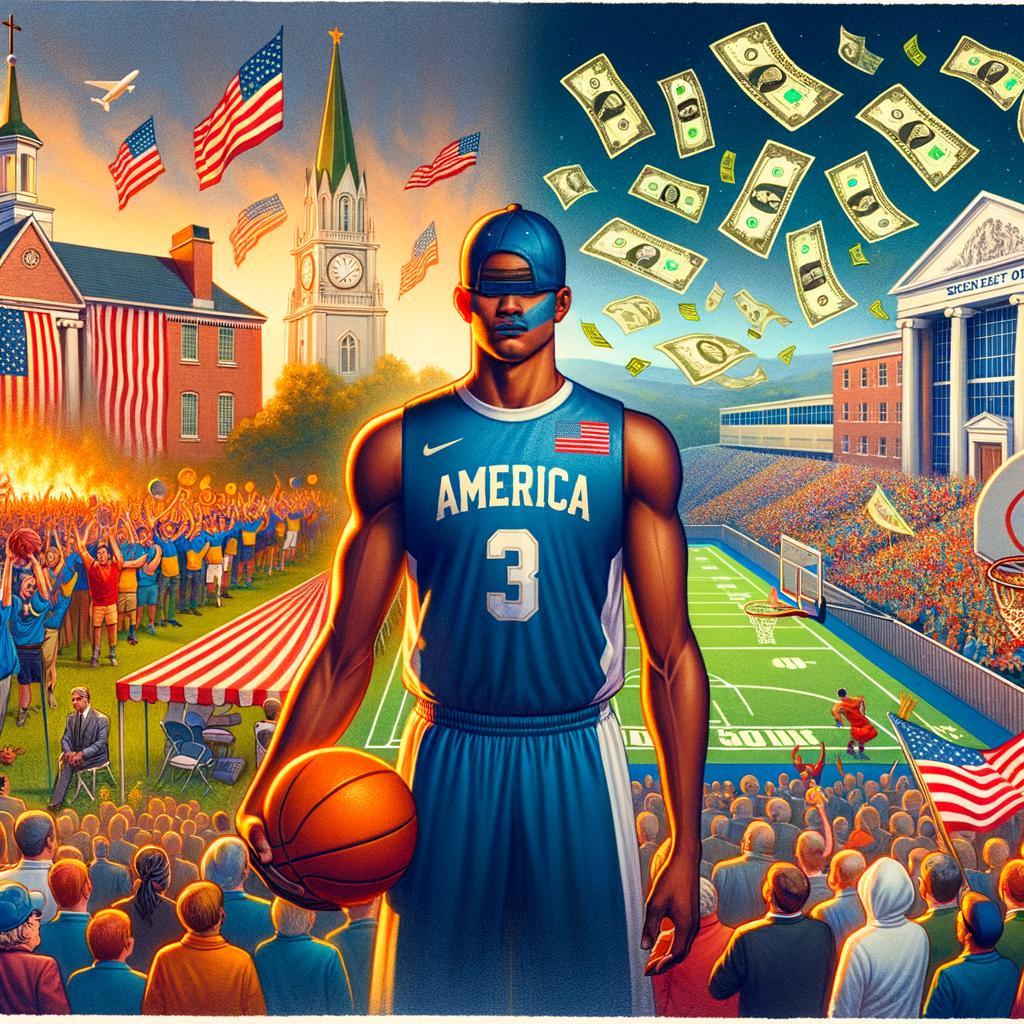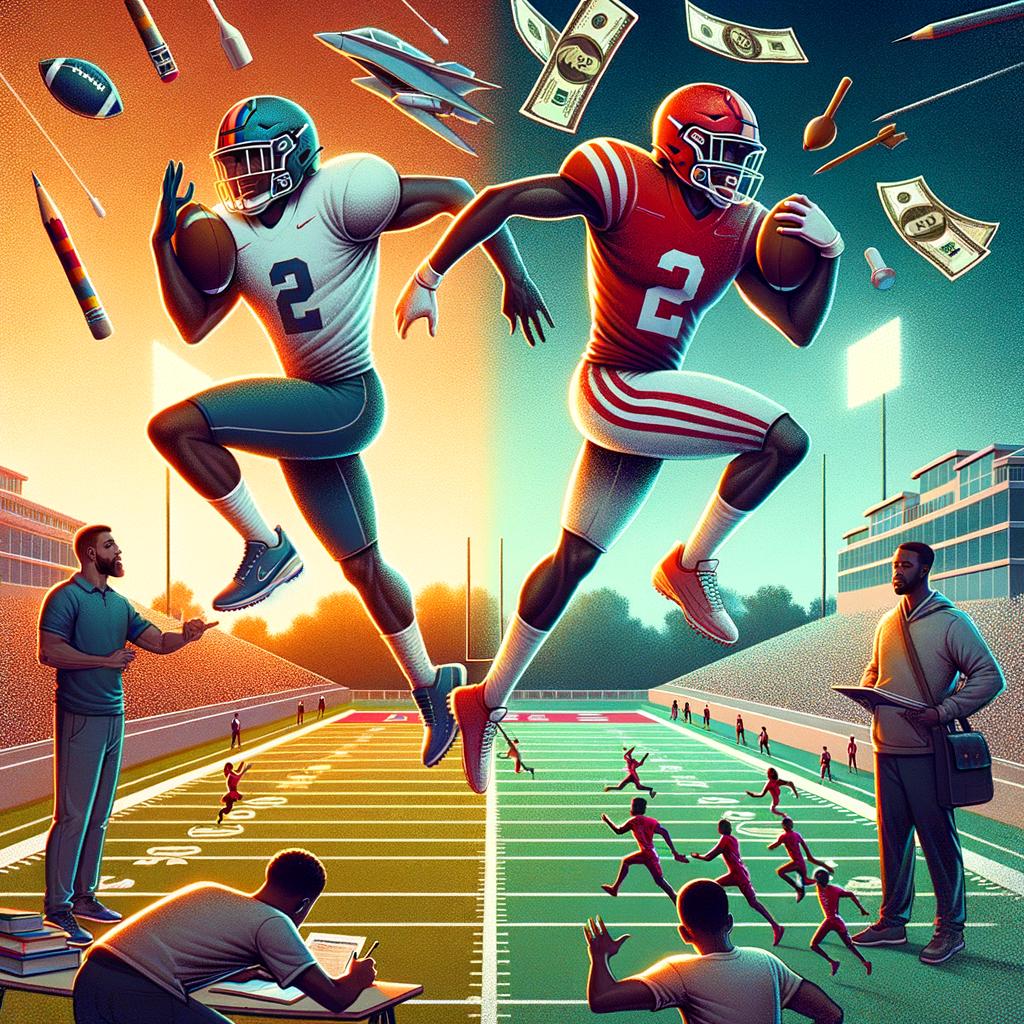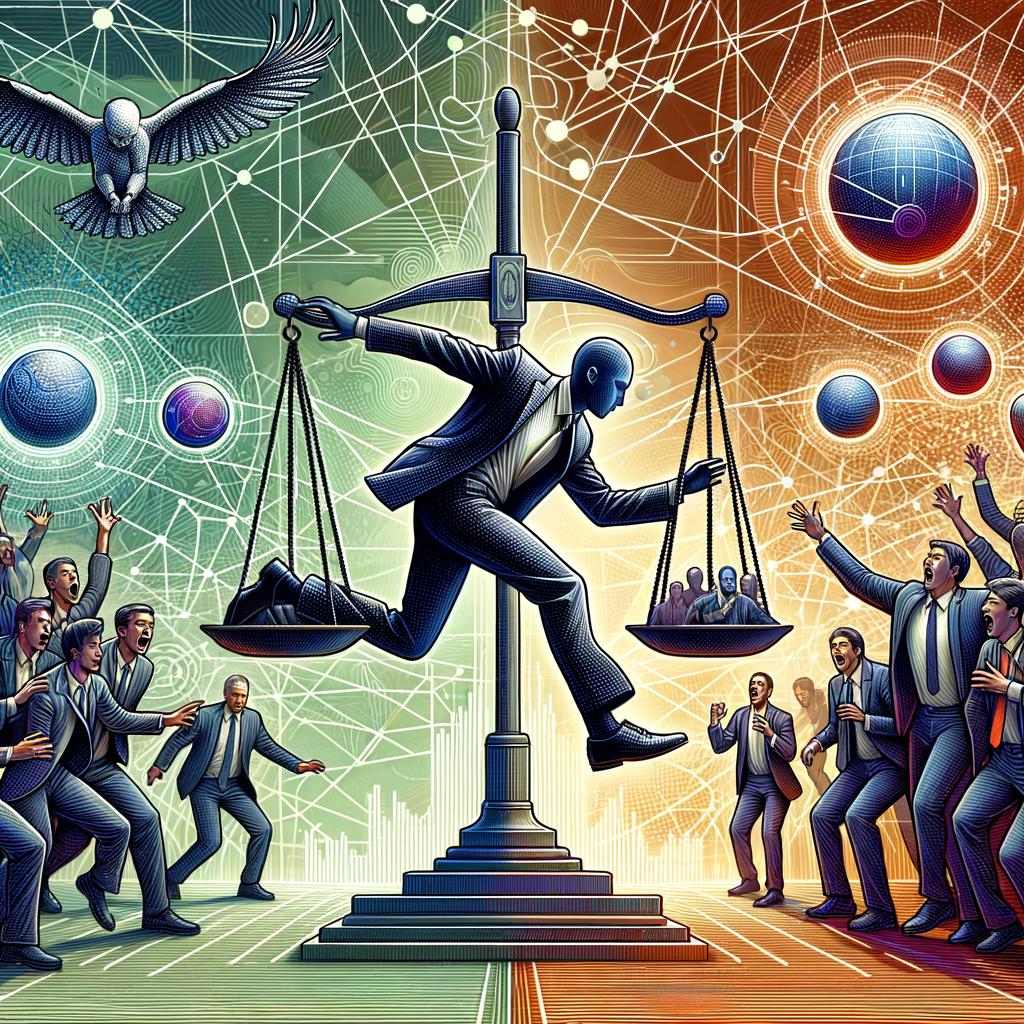In recent years, America’s sports landscape has been anything but predictable, shaped not only by thrilling competitions and record-breaking performances but also by a series of controversies that have sparked heated debates across the nation. From athlete activism and the dynamics of team ownership to issues surrounding mental health and player conduct, these incidents have transcended the fields and courts, prompting us to reassess the values and responsibilities inherent in sports culture. As fans, players, and stakeholders navigate this complex terrain, it is crucial to understand how these controversies impact not just the games we love, but also the societal issues they reflect. In this article, we will explore the nuances of these events, highlighting their far-reaching implications on fans’ perceptions, the integrity of the sports industry, and the broader discourse on cultural and social change in America. Join us as we delve into the heart of these controversies and their transformative effects on the essence of sports in the United States.
Recent controversies surrounding athletes and their activism have unveiled a complex relationship between fans and sports organizations. As many professional leagues grapple with public backlash, it is essential to carefully assess how these incidents influence fan engagement. Fans are left questioning the integrity of their beloved sports when athletes take political stances or share personal beliefs during games or in commercial settings. This disconnect can lead to a disengagement from loyal fanbases, who feel alienated by what they perceive as overreach or political imposition within the arena of entertainment. Organizations must recognize that maintaining a balance between supporting athlete expression and honoring the wishes of their core audience is crucial for long-term viability.
In response, professional sports leagues need to implement strategies that prioritize rebuilding trust with their followers. Transparency is imperative; communication around policies regarding activism and a clear stance on political neutrality could forge a path back to mutual respect. Consideration must also be given to proactive measures, such as:
- Hosting open forums between athletes, fans, and league officials.
- Establishing community outreach programs that resonate with both fans and athletes.
- Developing robust educational campaigns about the importance of sportsmanship and unity.
By facilitating honest dialogues and fostering inclusive environments for fans, sports organizations can not only mend the rift but also enhance engagement. A commitment to enhanced transparency and a genuine understanding of fan sentiments will pave the way for a more harmonious relationship in America’s evolving sports landscape.
Concluding Remarks
As we navigate the evolving narrative of America’s sports landscape, it becomes increasingly clear that recent controversies are not merely isolated events; they are reflective of deeper societal currents and values that shape how we engage with sports. From debates over athlete activism to the implications of gender equality, these issues demand our attention and thoughtful reflection. As fans, stakeholders, and policymakers, we must recognize the power of sports as a platform for change, embracing the opportunity to foster dialogue and understanding.
In a country as diverse as ours, the intersection of sports and societal issues presents a unique chance to promote inclusivity, equity, and integrity. By engaging with these controversies, we can champion a sports environment that not only entertains but also uplifts and unites communities across America. It is essential that we move forward actively participating in these conversations, advocating for accountability, and ensuring that the spirit of sports remains a catalyst for positive change. The future of America’s sporting landscape depends on our collective willingness to address these challenges head-on, fostering a culture where everyone can thrive, both on and off the field.




